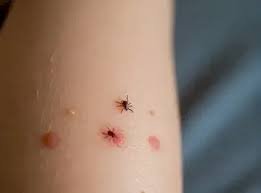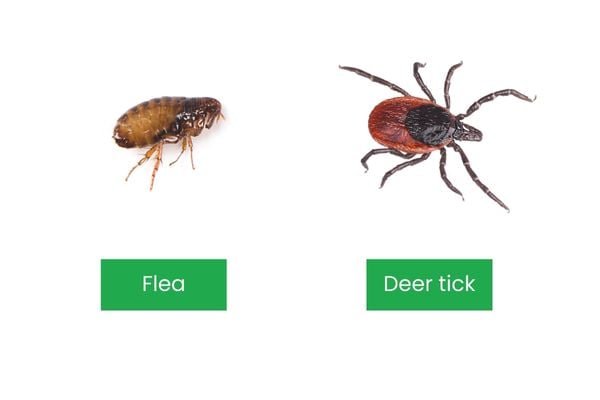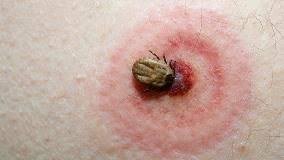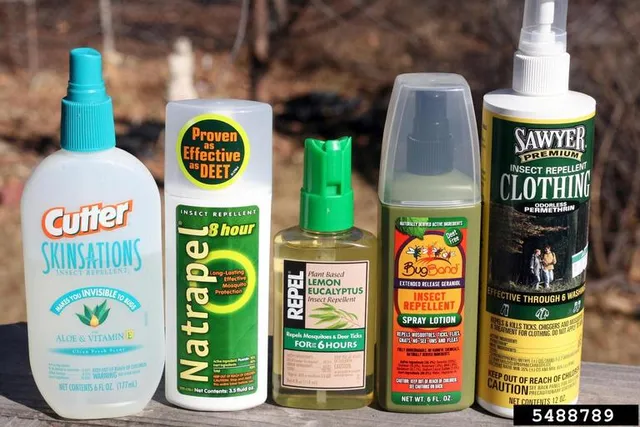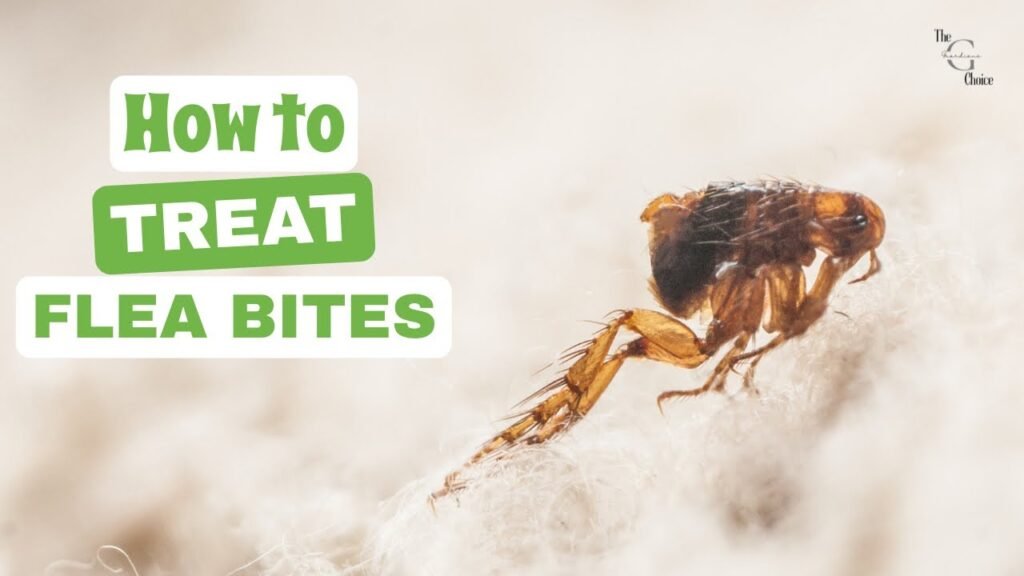Ticks are tiny parasites that attach to the skin and feed on blood. While they often go unnoticed at first, a bite can cause irritation and, in some cases, transmit diseases like Lyme disease or Rocky Mountain spotted fever. Parents often panic when they spot a tick on their child. That’s why understanding tick bite on kids treatment is essential for every household.
Why Ticks Are Dangerous for Children
Children are more likely to play in grass, woods, or fields where ticks thrive. Their thinner skin also makes them more vulnerable to bites. Although not all ticks carry diseases, some can transmit harmful infections. Quick action ensures your child stays safe and healthy.
Step 1: How to Remove a Tick Safely
The first step in tick bite on kids treatment is removing the tick correctly.
What You Need:
Fine-tipped tweezers
Antiseptic (alcohol or soap and water)
How to Do It:
Use tweezers to grasp the tick as close to the skin as possible.
Pull upward slowly and steadily without twisting.
Clean the bite area with antiseptic immediately.
Dispose of the tick by flushing it or sealing it in a plastic bag.
Never use home remedies like petroleum jelly, nail polish, or burning matches—they can make the tick release harmful fluids.
Step 2: Clean and Monitor the Bite
Once the tick is removed, wash the area thoroughly with soap and water. Apply an antiseptic to prevent infection. For the next two weeks, monitor your child for any unusual symptoms.
Common reactions include:
Redness or swelling at the bite site
Itchiness or mild discomfort
A small scab as the skin heals
These usually clear up within a few days.
Step 3: When to See a Doctor
A key part of tick bite on kids treatment is knowing when medical help is needed. Call a doctor if your child shows:
A rash shaped like a bull’s-eye
Fever, chills, or fatigue
Muscle or joint pain
Headache or stiff neck
Swollen lymph nodes
These may indicate a tick-borne illness requiring antibiotics.
Step 4: Home Remedies for Relief
For mild irritation, you can use safe remedies at home:
Apply a cold compress to reduce swelling.
Use calamine lotion or an anti-itch cream to ease discomfort.
Give child-safe antihistamines if itching becomes bothersome (only if advised by a doctor).
These remedies support the healing process without strong medications.
Step 5: Preventing Future Tick Bites
The best strategy for tick bite on kids treatment is prevention. Parents can reduce risks by:
Dressing kids in light-colored clothing for easy tick spotting.
Tucking pants into socks during outdoor play.
Using child-safe insect repellents with DEET or picaridin.
Checking your child’s skin, hair, and clothing after playing outdoors.
Creating a tick-safe environment around the home by mowing lawns and removing leaf litter also helps.
Long-Term Health Concerns
If not treated, some tick-borne illnesses may lead to long-term problems. Early medical care after a suspicious bite prevents complications. Always trust your instincts as a parent—if something feels off, consult a healthcare provider.
FAQs on Tick Bites in Children
1. Can ticks fall off on their own?
Yes, but waiting for them to fall increases the risk of disease transmission. Removal should be immediate.
2. Are tick bites painful for kids?
Most bites are painless, which is why they often go unnoticed. Itching or irritation develops later.
3. Should I keep the tick after removal?
Yes, if possible. Sealing it in a bag allows doctors to identify the type of tick if your child becomes sick.
4. Can essential oils help prevent ticks?
Some oils like eucalyptus or citronella may repel ticks, but medical-grade repellents are more effective for kids.
Conclusion
Ticks are small but can cause big worries for parents. The right approach to tick bite on kids treatment involves safe removal, cleaning, monitoring, and knowing when to seek medical advice. With preventive measures like repellents and regular checks, you can protect your child from future bites. Being prepared helps you stay calm and keep your child safe, even in tick-prone areas.
